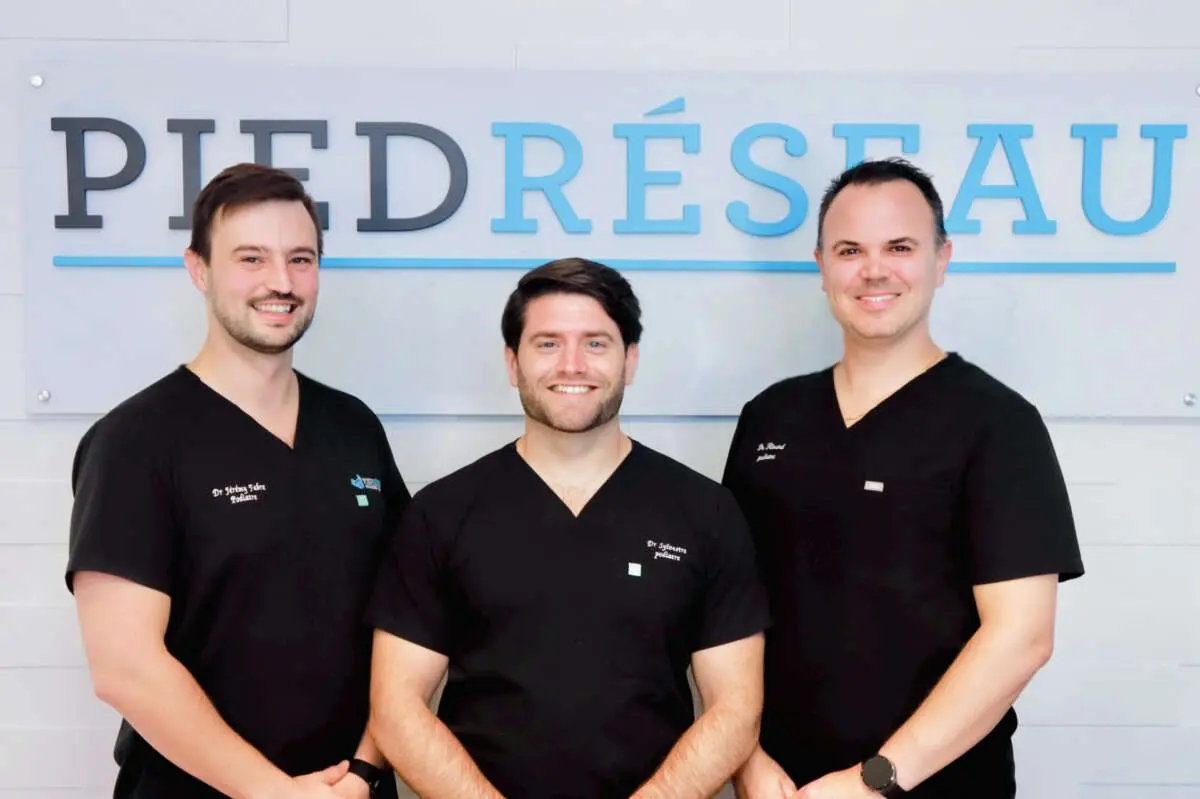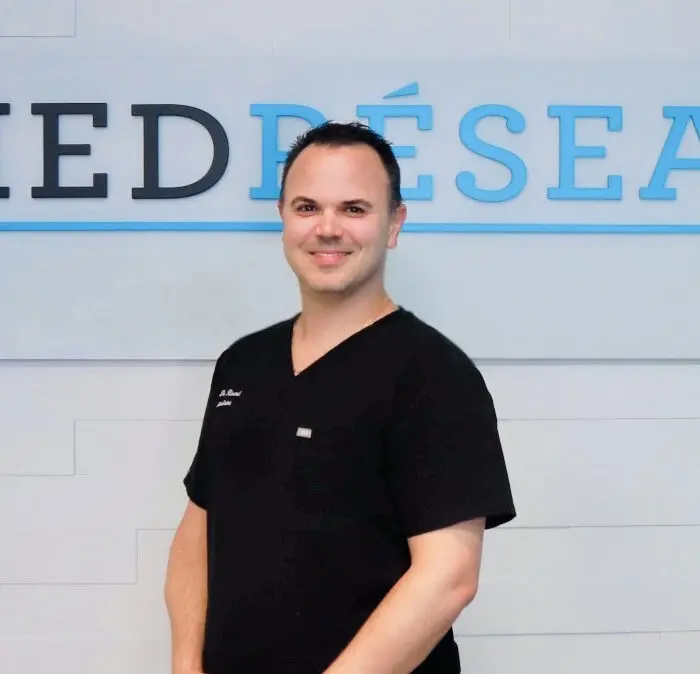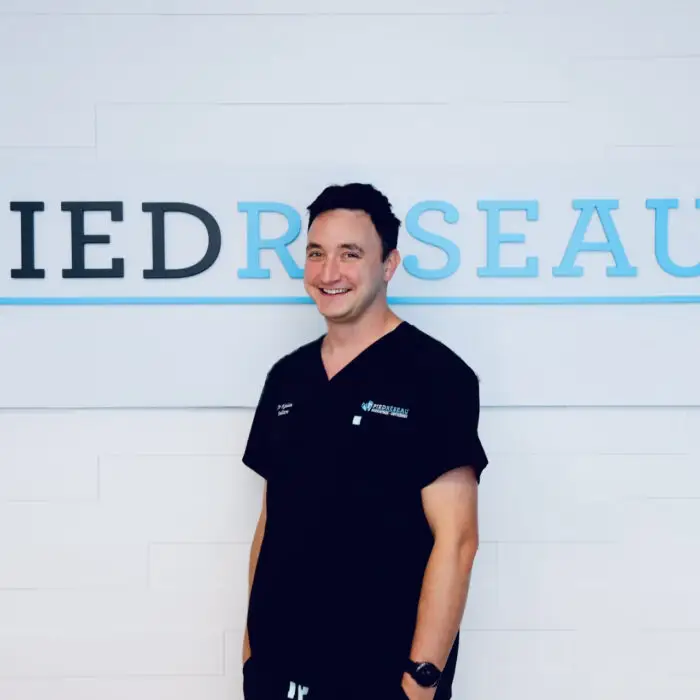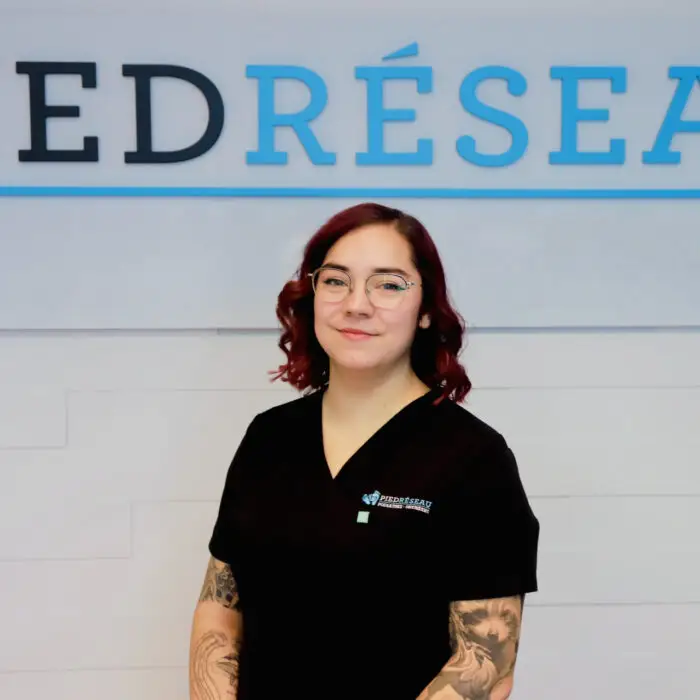
PiedRéseau Saint-Hyacinthe – Soin des pieds
2035 Av. Sainte-Anne #103,
Saint-Hyacinthe, QC J2S 5H3
directions
1-450 773-5937 Téléphone
Monday
8:30 - 16:00
Wednesday
8:30 - 16:00
Thursday
8:30 - 20:00
Frequent problems
Treatments provided
- Foot care – Nails, corns and calluses treatment
- A podiatrist’s treatment for plantar warts
- Ingrown toenail treatment by a podiatrist
- Nail culture : importance, advantages and procedure
- Toenail deformity : treatments
- Treatments for paronychia of the toe
- Treatment for excessive foot sweating
- Plantar orthotics: types, benefits, and adaptation tips
- Treatment of foot pain by the podiatrist
- Cortisone injections
- Biomechanical exam : symptoms and treatments
- Podopediatrics treatments
- Evaluating Children’s Feet
- Stress fracture in the foot
- 2D and 3D digital imaging
- Treating frostbite on the feet and toes
- Partial or complete foot amputation
- Ultrasound treatment
- Orthopaedic shoes : types and benefits
Surgical procedures offered
Responsible for personal information/confidentiality: Silvia-Victoria Létourneau 450-773-7433
Request an appointment at the clinic
Leave us your contact details and availability and we will contact you to make an appointment.
Please note that if you are seeking podiatry services following a work-related accident (CNESST) or a road accident (SAAQ), please contact us before your appointment to obtain more information about the reimbursement procedures.













